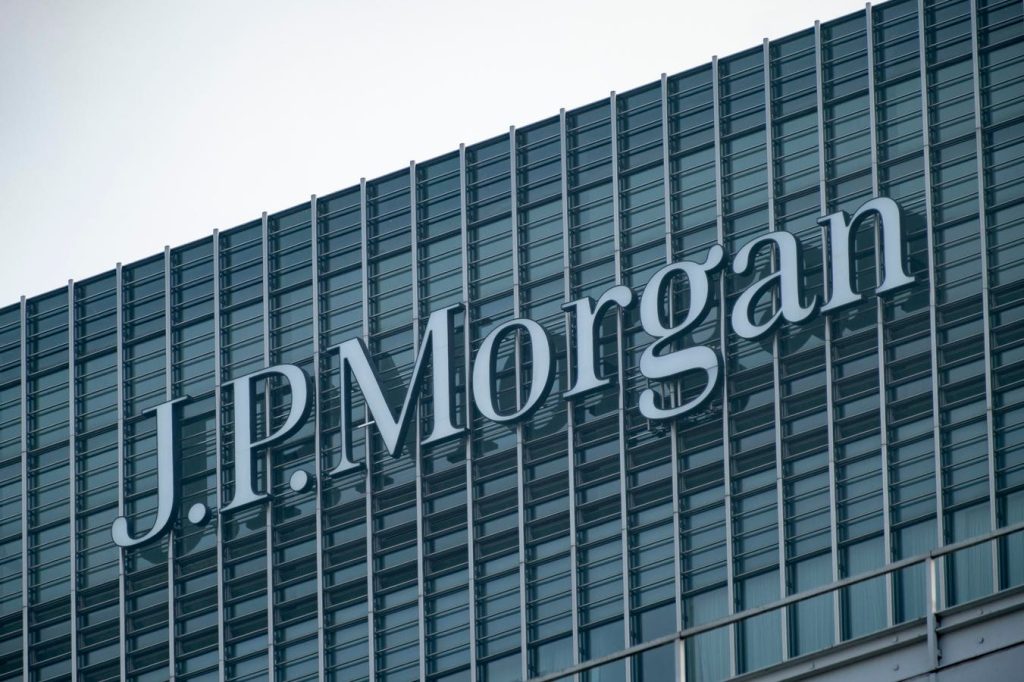JPMorgan’s Performance and Outlook in a Shifting Financial Landscape
JPMorgan Chase & Co. (JPM) has demonstrated robust performance in 2024, with its stock price surging by approximately 48% year-to-date, outpacing the S&P 500’s 28% gain. This growth aligns with the broader trend in the financial sector, with peer Wells Fargo (WFC) also experiencing a significant 50% YTD increase. A closer examination of JPMorgan’s recent financial results reveals a mixed picture. While the bank exceeded street expectations in the third quarter of FY 2024 with total revenues reaching $42.7 billion, a 7% increase year-over-year, net income experienced a slight decline of about 2% to $12.9 billion due to higher provisions for credit losses. The revenue growth was driven by a combination of factors, including higher net interest income resulting from changes in the balance sheet mix, increased credit card balances, and growth in wholesale deposits. Non-interest revenue, excluding the volatile markets segment, exhibited strong growth of 17%, primarily driven by higher asset management fees and improved investment banking performance.
JPMorgan’s stock has consistently outperformed the broader market over the past three years, generating returns of 28% in 2021, -13% in 2022, and 31% in 2023. This performance contrasts with the Trefis High Quality Portfolio, a collection of 30 stocks designed for lower volatility and consistent outperformance of the S&P 500. The portfolio’s success stems from its focus on delivering better risk-adjusted returns, providing a smoother ride for investors compared to the benchmark index, particularly in uncertain macroeconomic environments. The current landscape, characterized by potential rate cuts and multiple global conflicts, presents both challenges and opportunities for JPMorgan.
Looking ahead, JPMorgan’s outlook appears promising, with several factors potentially contributing to improved performance. The Federal Reserve’s initiation of rate cuts in September is anticipated to positively impact the bank’s net interest income in the fourth quarter. Furthermore, the political landscape following the 2024 U.S. presidential election is expected to play a significant role in shaping the financial sector’s trajectory. The election of Donald Trump could lead to a more deregulatory approach to bank oversight, potentially boosting revenues through higher deal volumes, increased lending activity, and reduced compliance costs. Trump’s historical support for tax cuts could also benefit JPMorgan’s bottom line. The Republican control of both the Senate and the House of Representatives further reinforces the expectation of a pro-business environment.
The confluence of lower interest rates and increased political certainty following the election could stimulate investment banking activity, driving higher debt and equity issuances and potentially fueling M&A activity. While these factors paint a positive picture for JPMorgan’s future prospects, it’s important to consider the stock’s valuation in the context of its current market price. Despite being a high-quality institution with significant scale, JPMorgan’s stock currently trades at over 2.5 times its tangible book value, a metric considered elevated by some analysts. This suggests a potential overvaluation, with the stock trading approximately 15% above Trefis’ estimated valuation of $245 per share.
JPMorgan’s recent performance reflects a blend of resilience and adaptation in a dynamic financial environment. The bank’s ability to navigate challenges such as higher credit loss provisions while simultaneously capitalizing on opportunities for growth in net interest income and non-interest revenue demonstrates its underlying strength. The forward-looking outlook for JPMorgan hinges on several key factors, including the impact of Federal Reserve rate cuts, the evolving political landscape following the U.S. presidential election, and the potential for increased investment banking activity. While these factors create a favorable environment for growth, the stock’s current valuation warrants careful consideration by investors.
The analysis of JPMorgan’s performance and outlook underscores the importance of a holistic approach to investment decision-making. While short-term market fluctuations can be influenced by a variety of factors, a long-term perspective requires a deeper understanding of a company’s fundamentals, its competitive landscape, and the broader macroeconomic environment. JPMorgan’s ability to generate consistent returns over the past three years, even amidst market volatility, speaks to its resilience and adaptability. However, the current valuation premium relative to tangible book value raises questions about the sustainability of this growth trajectory. Investors should carefully weigh the potential upside from favorable macroeconomic and political developments against the risks associated with a potentially overvalued stock. A balanced approach that considers both short-term catalysts and long-term valuation metrics is crucial for making informed investment decisions.

